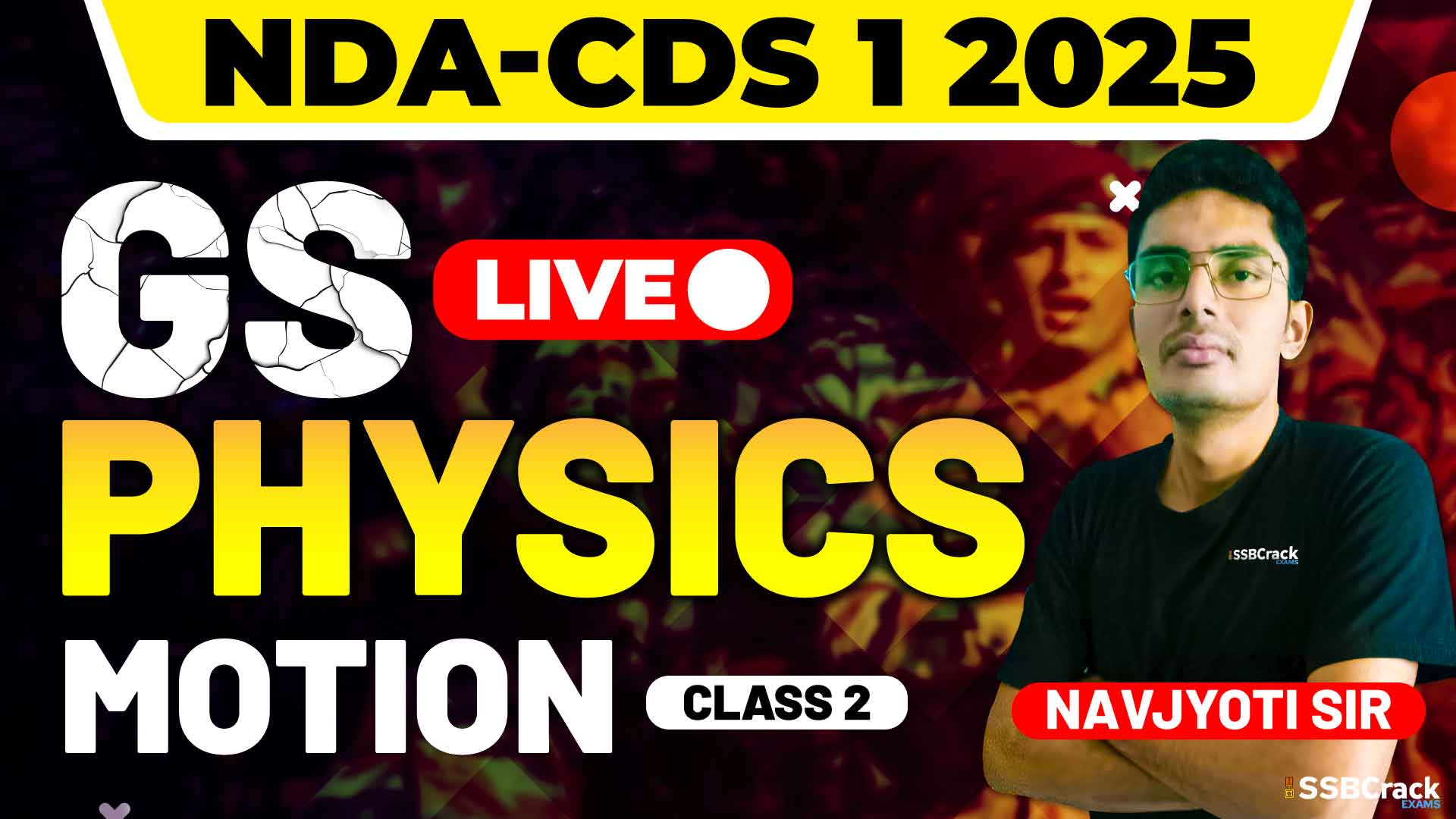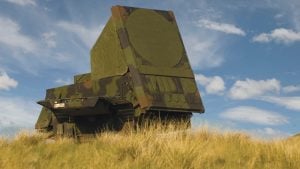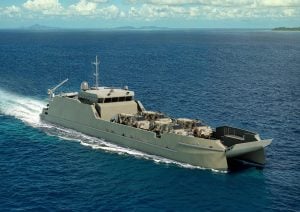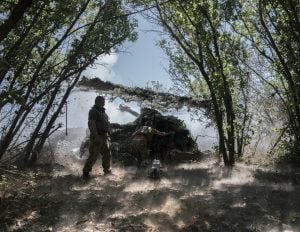Physics plays a pivotal role in exams like the National Defence Academy and Naval Academy (NDA-NA) Paper II (GAT) and the Combined Defence Services (CDS) Exam. Among the various topics, Motion holds significant weight due to its fundamental nature and its connection with advanced concepts. A recent class focused on practicing multiple-choice questions (MCQs) on Motion, reinforcing the theoretical understanding gained in earlier sessions and preparing students for real exam scenarios.
Overview of the Class
The class centered around MCQs designed to cover the full spectrum of Motion subtopics, ensuring a thorough revision of key concepts. It aimed to:
- Provide practical exposure to question types and formats seen in the NDA-NA and CDS exams.
- Strengthen problem-solving skills by applying concepts in a timed environment.
- Identify common mistakes and clarify doubts.
Key Subtopics Covered
The MCQs were curated to test knowledge on the following areas:
- Scalars and Vectors
- Distinguishing between scalar quantities (e.g., distance) and vector quantities (e.g., displacement).
- Practical application of vector addition and resolution in problem-solving.
- Distance, Displacement, Speed, and Velocity
- Understanding differences and connections between these terms.
- Real-life examples like vehicles on a road or objects in motion to illustrate concepts.
- Graphs of Motion
- Interpreting displacement-time and velocity-time graphs.
- Understanding slopes, areas under curves, and their significance in motion analysis.
- Projectile Motion
- Breaking down problems involving objects launched at angles.
- Applications of projectile motion in sports, military scenarios, and daily life.
- Uniform Circular Motion
- Exploring motion in a circular path, with emphasis on real-world examples like satellites and vehicles on curved roads.
Structure of the Class
1. Warm-Up: Quick Recap
The session began with a brief revision of theoretical concepts, ensuring students had a strong foundation before tackling the questions.
2. Solving MCQs: Step-by-Step Analysis
- The class tackled a mix of previous years’ questions and expected MCQs, carefully curated to reflect the exam pattern.
- Each question was solved step-by-step, with explanations provided for both correct and incorrect options.
3. Error Identification and Doubt Clearing
- After solving each question, students were encouraged to discuss their approaches.
- Common mistakes were highlighted, such as confusion between speed and velocity or misinterpreting graph slopes.
4. Time Management Practice
- Students were guided to solve questions within a set time, simulating real exam conditions.
- Tips for reading questions carefully and avoiding unnecessary calculations were shared.
Strategies for Preparing Motion for NDA-NA and CDS Exams
To excel in this topic, a systematic approach is essential. Here are some strategies to maximize preparation:
1. Master the Basics
- Develop a clear understanding of terms like scalar, vector, speed, velocity, and acceleration.
- Relate these concepts to real-life situations for better retention.
2. Practice Vector Problems
- Focus on vector addition, resolution, and multiplication, as these concepts often form the basis of motion-related problems.
- Visualize vectors graphically to strengthen comprehension.
3. Solve Graph-Based Questions
- Practice interpreting displacement-time and velocity-time graphs.
- Understand the significance of slopes and areas under the curves, as these often appear in exams.
4. Focus on Projectile and Circular Motion
- Break down projectile motion into horizontal and vertical components for easier analysis.
- For circular motion, understand the role of forces like centripetal force and their practical implications.
5. Attempt Mock Tests and Previous Papers
- Regularly solve MCQs from previous years to familiarize yourself with the question format and difficulty level.
- Identify recurring question patterns and prioritize those areas.
6. Review Mistakes and Seek Clarifications
- Analyze errors made during practice sessions and clarify doubts promptly.
- Maintain a notebook for common pitfalls and important points for quick revision.
7. Create Summary Notes
- Summarize key concepts, such as differences between speed and velocity or the characteristics of projectile motion.
- Include diagrams, flowcharts, or bullet points for easy review.
8. Time Management
- Practice solving questions within a time limit to build speed and accuracy.
- Learn to identify and skip time-consuming questions, returning to them later if time permits.
Benefits of Practicing MCQs on Motion
1. Enhances Problem-Solving Skills
- Regular practice improves analytical thinking and the ability to apply theoretical concepts to practical problems.
2. Boosts Confidence
- Familiarity with question patterns and solving strategies builds confidence, reducing exam-day anxiety.
3. Improves Speed and Accuracy
- Timed practice sessions help in developing the ability to solve questions quickly and accurately.
4. Reinforces Conceptual Understanding
- Solving diverse questions ensures a deeper understanding of the topic, filling any gaps in knowledge.
Conclusion
The recent class on Motion offered a valuable opportunity to apply theoretical knowledge through extensive MCQ practice. By focusing on question patterns, common mistakes, and effective time management, students were better equipped to tackle this crucial topic in the NDA-NA and CDS exams.
Motion is not just a fundamental topic in physics but also a stepping stone to mastering other related areas. With consistent practice, a clear understanding of concepts, and a strategic approach, students can confidently excel in this section. Remember, thorough preparation and a disciplined mindset are the keys to success in competitive exams. Let your efforts be as dynamic and purposeful as the concept of motion itself!



















